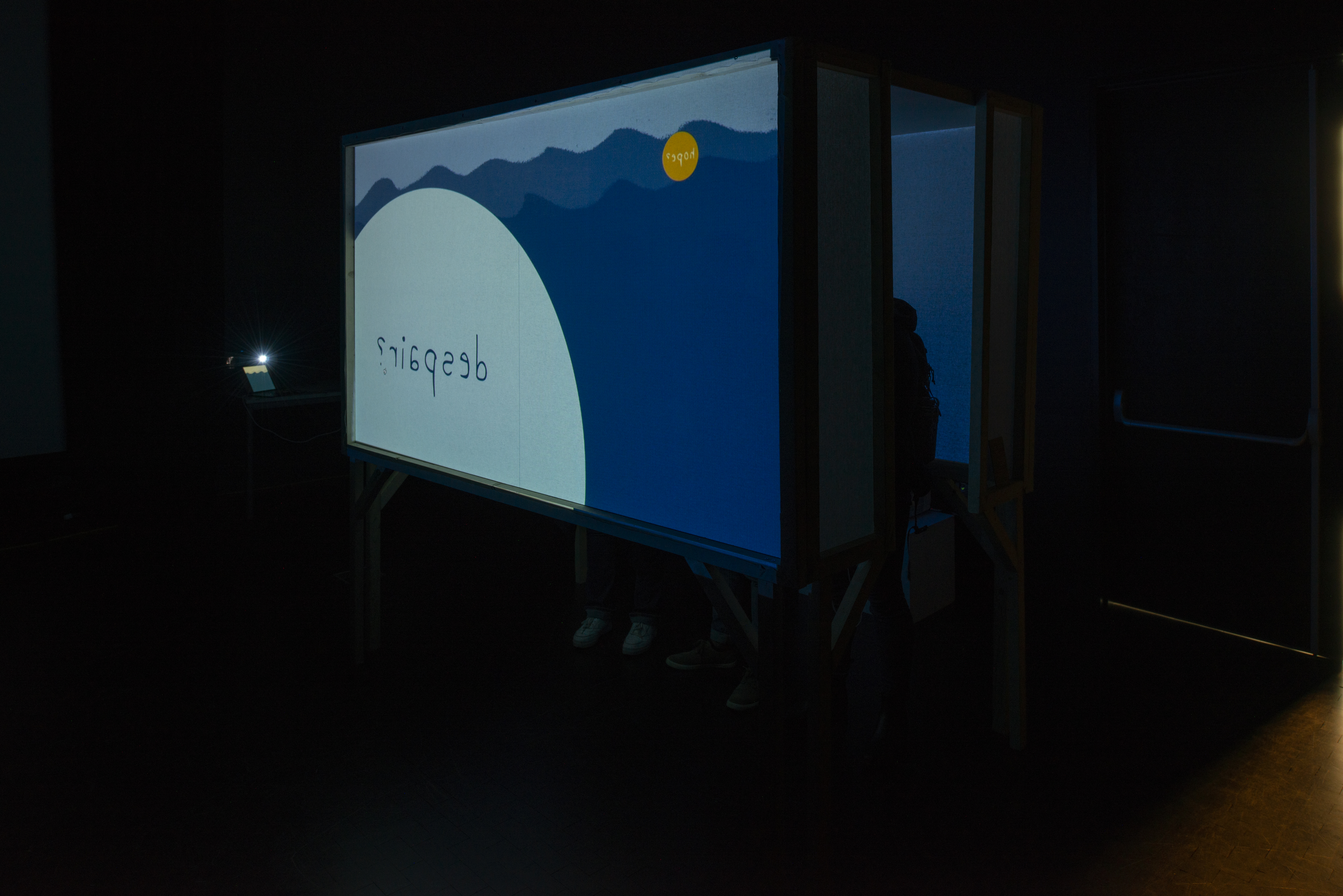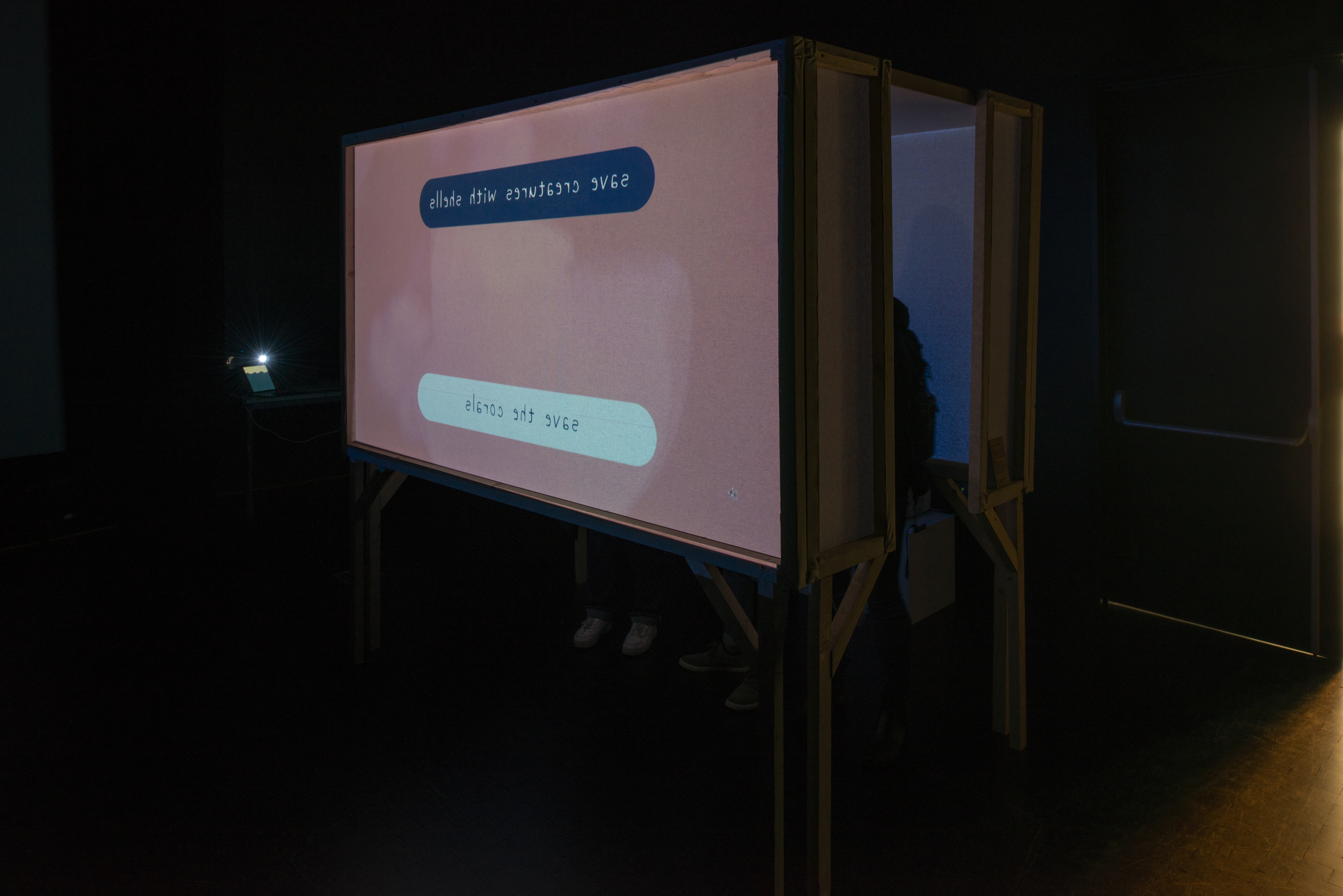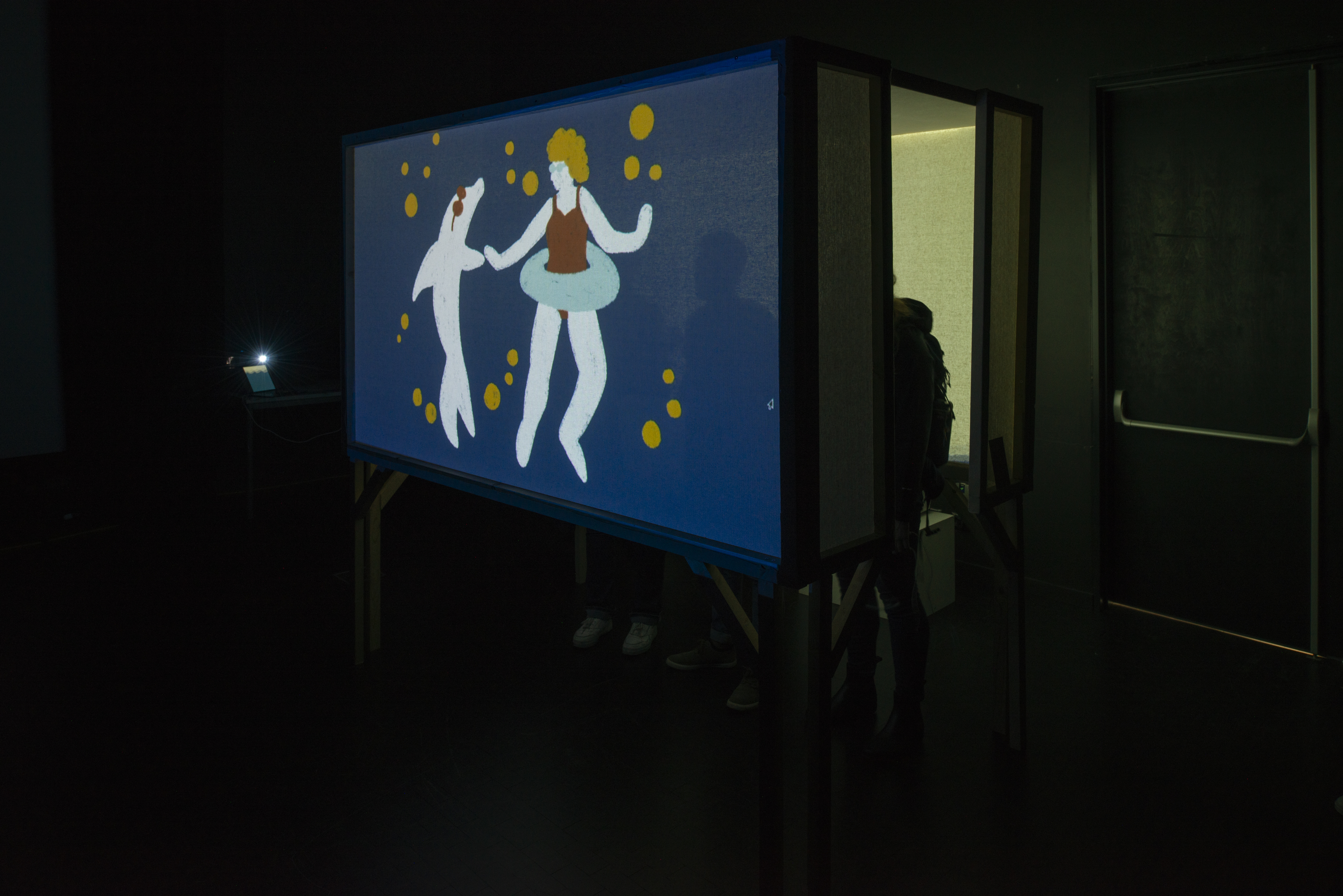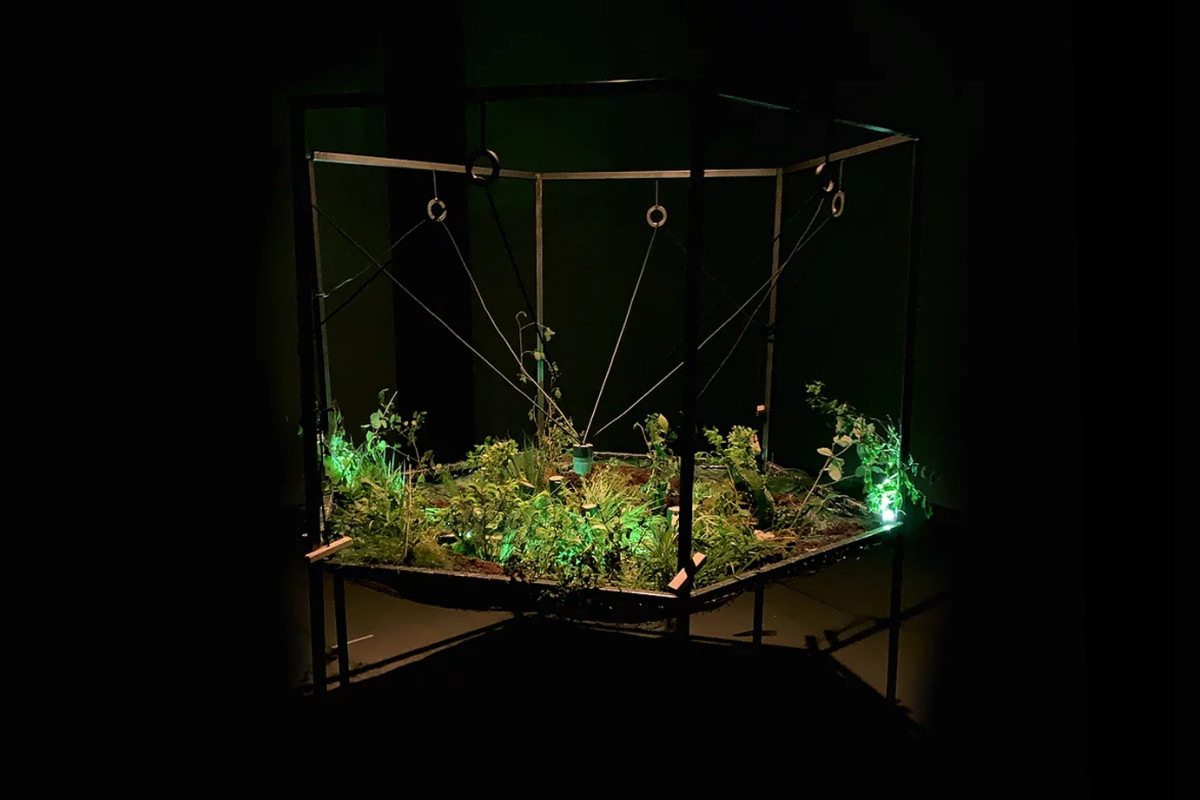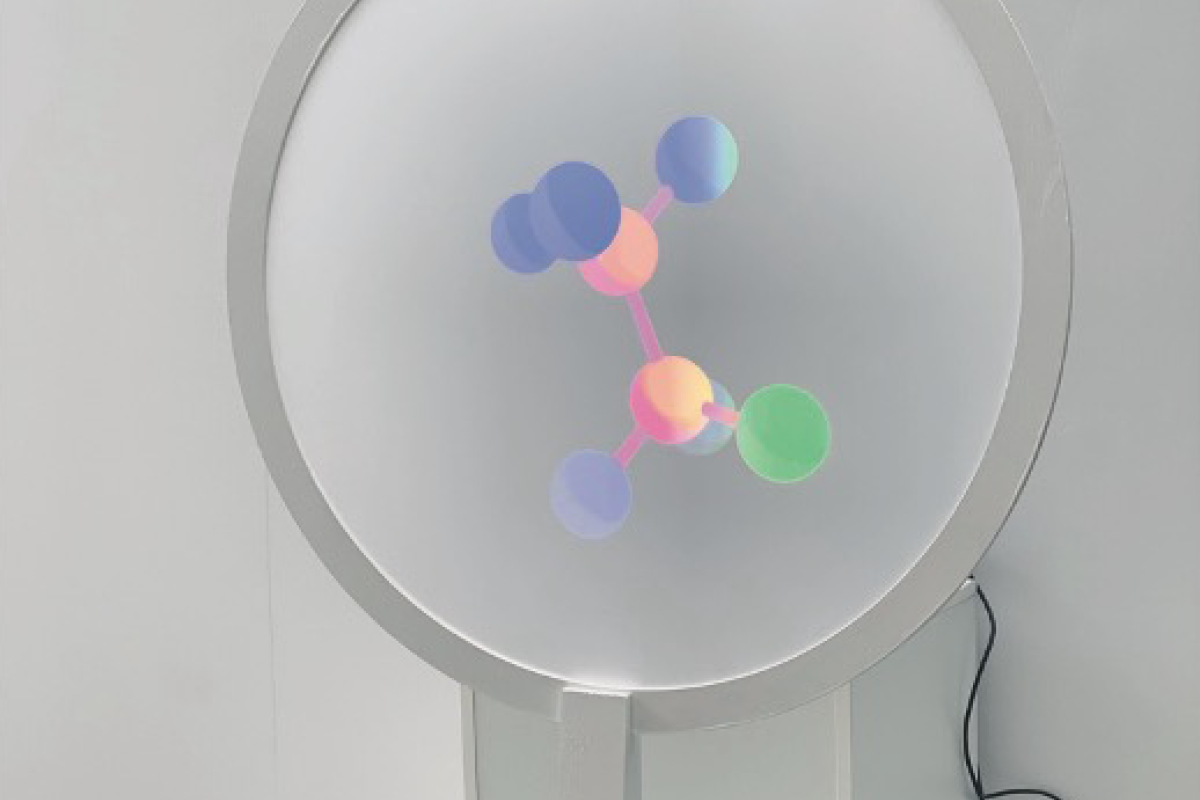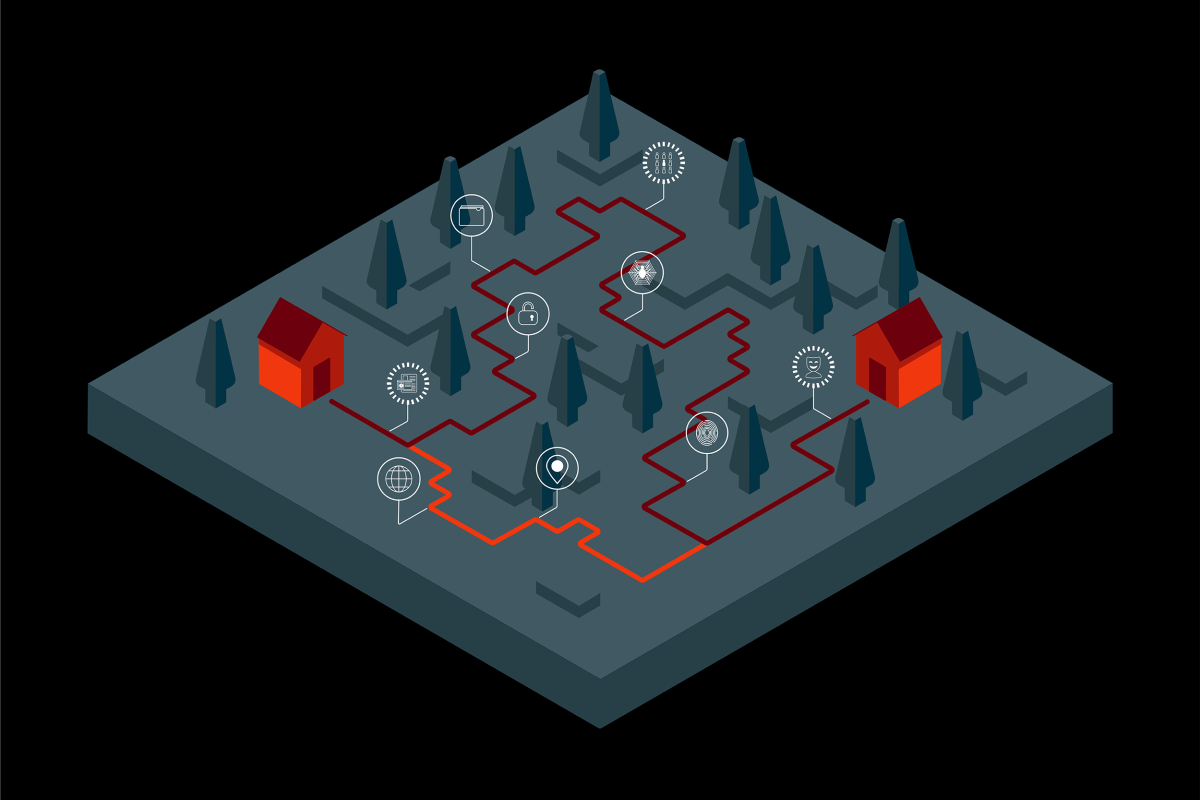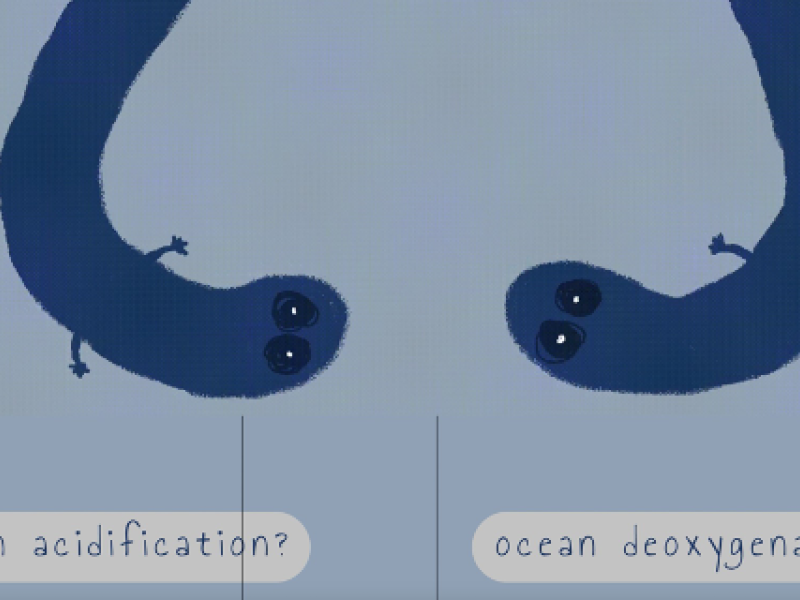
Come Swim With Me
Climate change is a problem that affects every human being, an issue that we hear about in our daily lives, perhaps more bad news than good, for many this battle no longer has a happy ending, and perhaps it is true, perhaps we exploit the planet in such a way that there is really no escape, but having no escape does not mean that we have to give up.
Student works
BA3 DESIGN: Department of Design | Faculty of Fine Art, Music and Design, University of Bergen
In spite of the adversities, it is necessary to think that there is still a lot of future ahead, many generations that deserve to have something better than what the predictions show us now. As human beings we have the obligation to act against climate change. It is already too late to counteract it, but there are many ways to slow down the process, it is very hard work and we must act fast to achieve it.
This year, in the Extreme Weather class, we were given the opportunity to work around this theme and present it in an artistic way, without any requirements, and with fully creative freedom.
We began our process with a brainstorming session to choose the topic, it is not new that climate change offers millions of things to talk about, but from the first moment we talked about working with the ocean, a very vast topic, with very important aspects. After much consideration, we came to the conclusion to choose “marine ecosystems”, more specifically, how they are harmed by ocean acidification and deoxygenation.
With all the research involved in the realization of the project "come swim with me", we wanted to leave the viewer with a clear vision of the current problems we are facing today, and above all let him know that only he had the power to improve the situation, knowing that it could not be remedied, we can just slow down the process.
The process
As said before, we decided to work with marine ecosystems, after long research, we realized that everything was very negative, and knowing that the main goal of this project was to avoid disaster anxiety, the group was faced with a very complicated task.
How to represent the problem in a realistic way, but without leaving the viewer overwhelmed?
After several days of research on the subject, artists who have previously worked with climate change and creative ways to represent the topic, we came to the conclusion that we wanted to create an interactive installation, which would include visual and auditory elements, basically to immerse ourselves for a time in the ocean and engage all the senses of the viewer. The theme would basically be an interactive way of story telling, a choose-your-one-adventure kind of challenge.
Thanks to an animated video by Greta Thunberg, we chose to work with animation, to minimize the amount of information, a simple and effective way to communicate a message, with a childlike touch, which would make the information accessible to anyone. But that was only the first step, we proceeded to create a storyboard, in order to see what information we had and how we were going to distribute it.

Visual Style & Sketches
With this information in front of us, we could proceed to the realization of the project. Using online group formats such as Miro and group chats, as well as discussing themes and visual styles in person, we shared our own personal visualisations of the project which helped clarify the route we wanted to take. The visual communication students were in charge of the animation and creation of a web page. The process started with the making of different sketches, and in order to decide on the visual identity of the project, a color palette was chosen to maintain the feeling of homogeneity throughout the story.


We chose this style of animation also because of the time-limit on the project. At the end, we were able to create an animated story in which the viewer could learn about ocean acidification and deoxygenation in a simple but very dynamic way.
Simultaneously, we worked on the creation of a web page to display our animations and in this way start the interactive experience, with which you could choose what to learn about. There were some difficulties, such as not being able to insert videos with sound on the platform, which led us to make the decision of creating a web page for phones in which we would use subtitles to be able to follow the story, and on the other hand we decided to make a video simulating someone playing the game, which would be projected during the exhibition.
Sound
Now going into sound, we wanted something quiet and a bit hypnotizing to keep the attention of the viewers, so we used recordings of wind chimes and the sound of waves. For the VoiceOver we debated between recording the voice ourselves or using a robotic voice, the decision was made to use the robotic voice, as it is more characteristic of a simulation.
The script was also a very important part of the project, as it was the element that would connect the visual with the auditive. It was narrated in a peculiar way, using a bit of sarcasm, to give it a touch of maturity. It also served to give the public an understanding of the seriousness of the issue in a very unusual but effective way, as it was one of our goals to keep people interested at all times.

Installation
How to make all these factors an immersive experience?
We thought of a closed place, that would have sound and projections on the inside, and a place where you would escape from reality for a moment. To create this space we used recycled materials for the frames and structure, and chosed to use a recyclable fabric with a texture that gave a special touch to the animations when they were projected on it.





